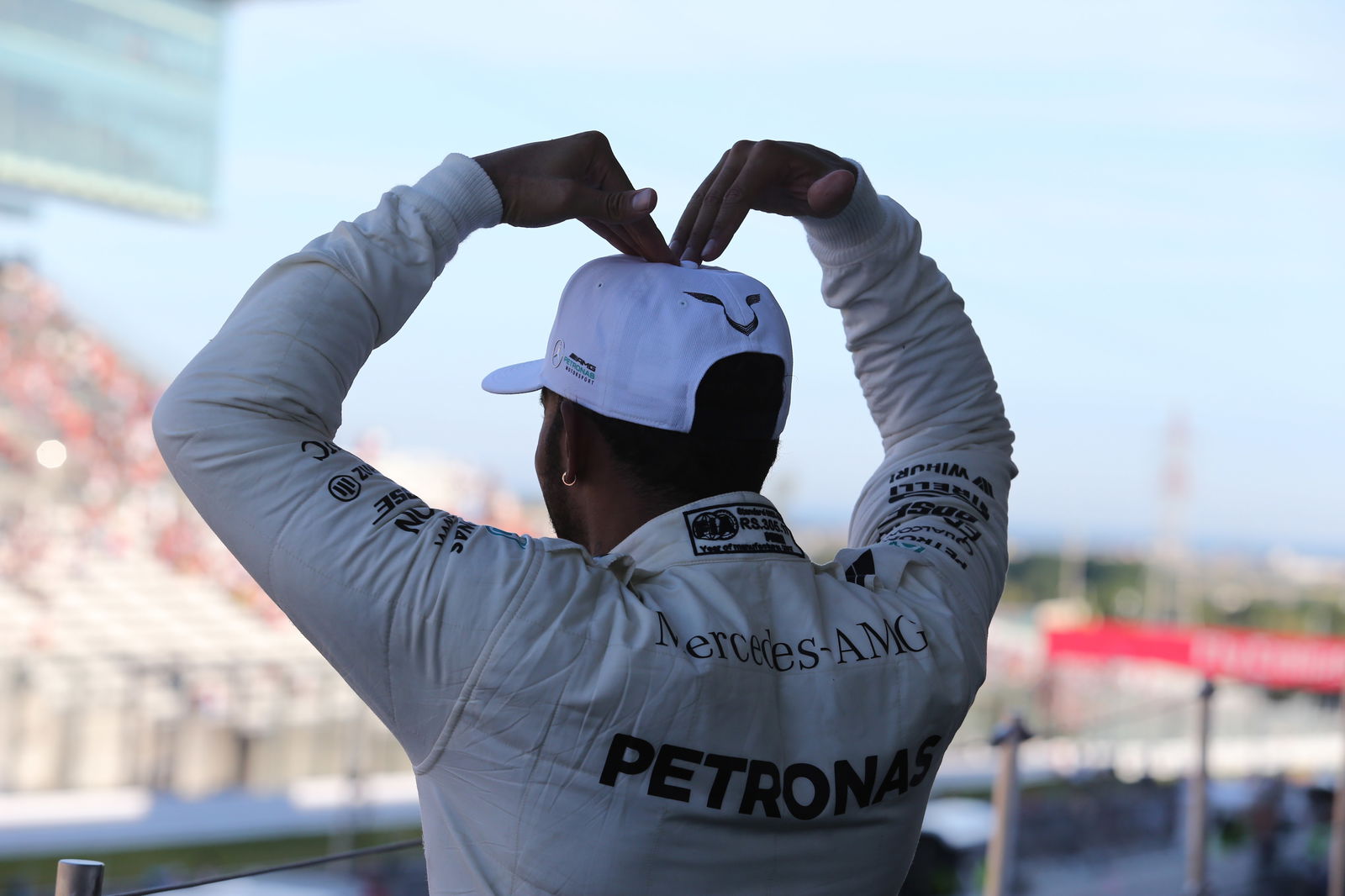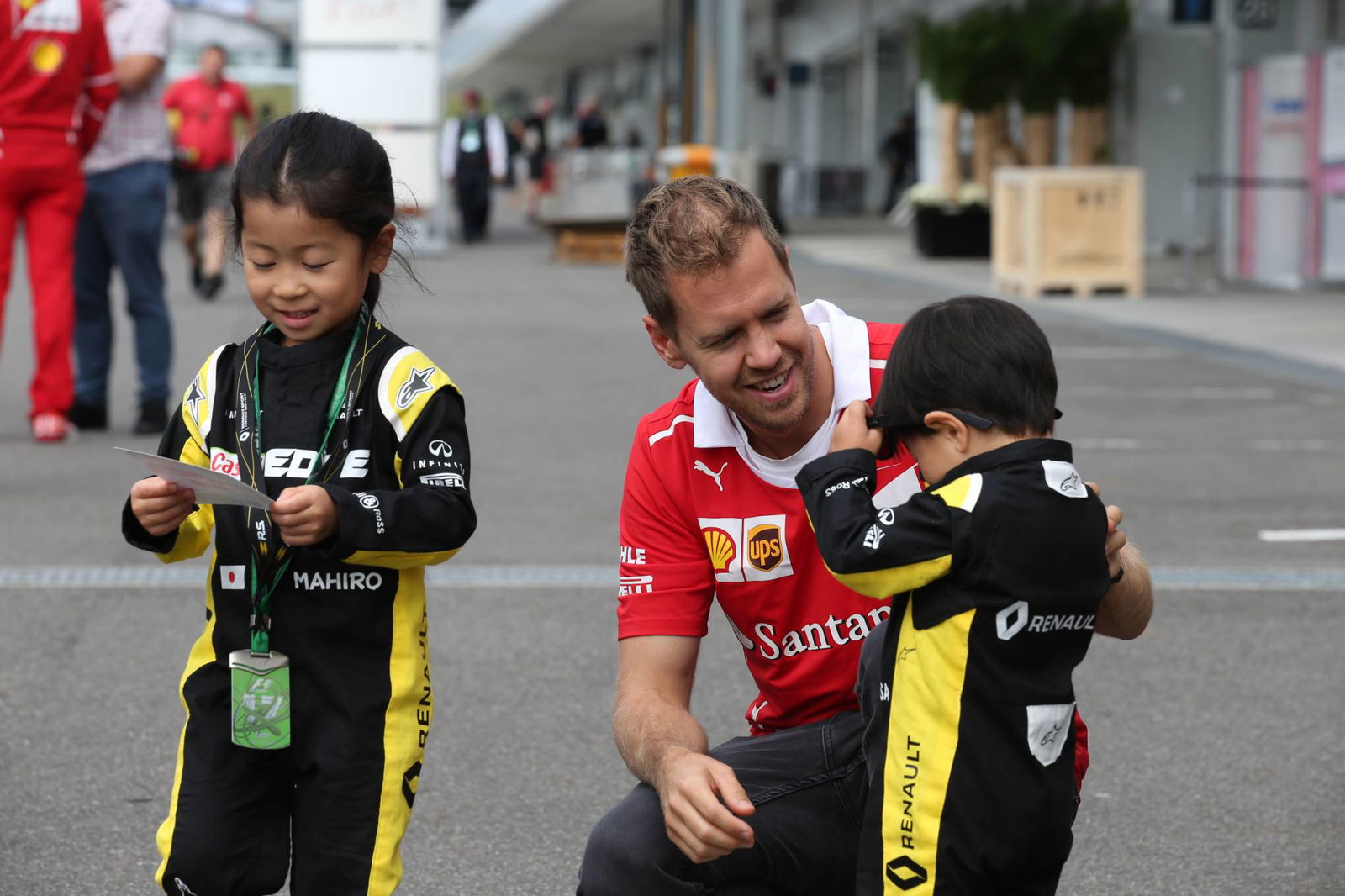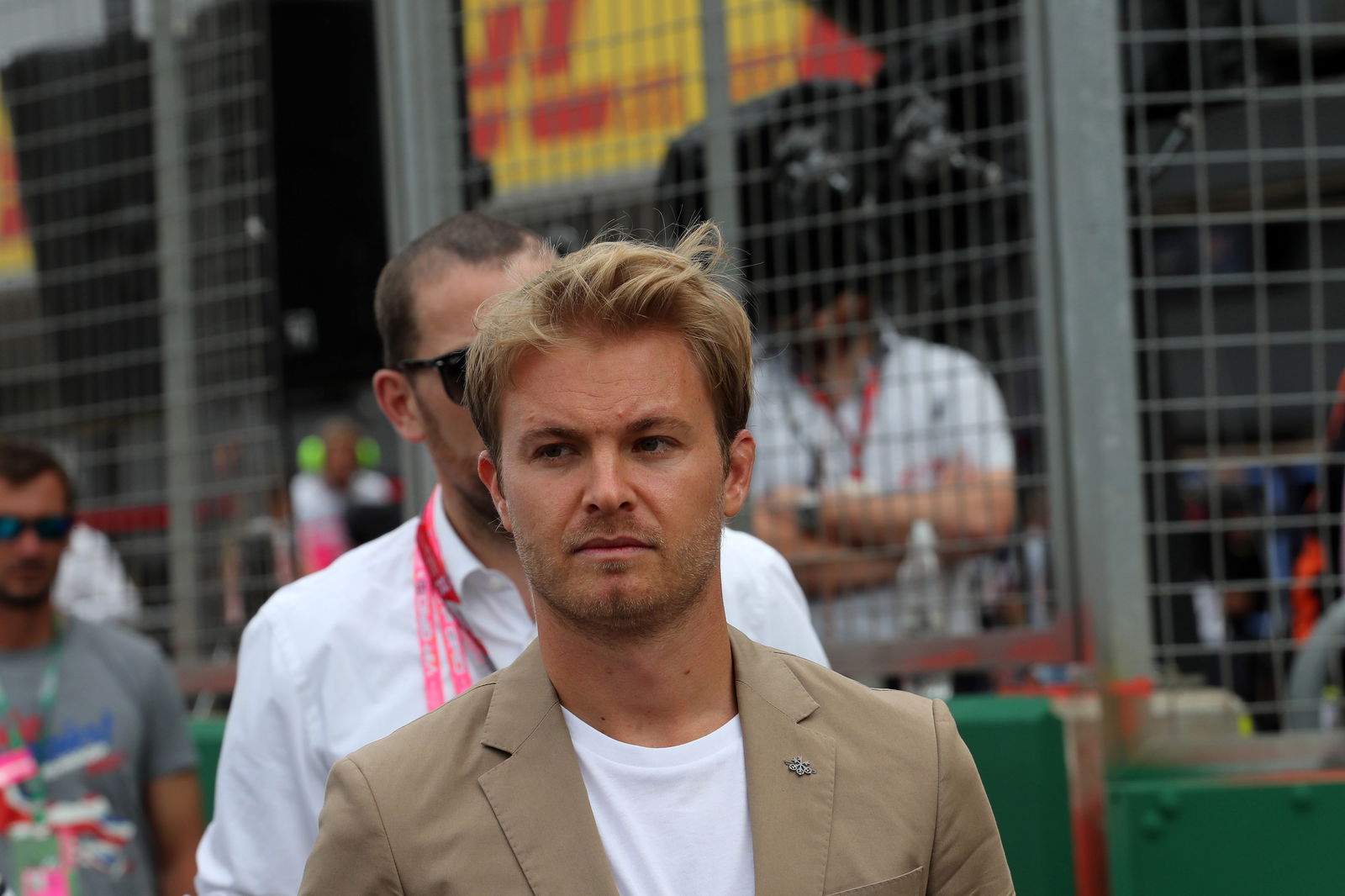F1: Japanese Grand Prix: The Debrief - Match point Mercedes, Ferrari failures and Honda's shame
Match point for Hamilton and Mercedes
Six weeks ago prior to the Italian Grand Prix, Sebastian Vettel sat seven points clear at the top of the F1 drivers’ championship, having led since the season-opener at Melbourne. While Mercedes was on the rise, the fight for the crown was widely expected to go right down to the wire in Abu Dhabi.
Just four races later, everything has changed. A paltry return of 27 points has seen Vettel drop 59 points back, giving Hamilton the chance to wrap up the title at the United States Grand Prix in Austin, Texas on October 22.

Match point for Hamilton and Mercedes
Six weeks ago prior to the Italian Grand Prix, Sebastian Vettel sat seven points clear at the top of the F1 drivers’ championship, having led since the season-opener at Melbourne. While Mercedes was on the rise, the fight for the crown was widely expected to go right down to the wire in Abu Dhabi.
Just four races later, everything has changed. A paltry return of 27 points has seen Vettel drop 59 points back, giving Hamilton the chance to wrap up the title at the United States Grand Prix in Austin, Texas on October 22.
Hamilton has been in excellent form, yet Ferrari has arguably been quicker than Mercedes, especially in Singapore and Malaysia. Vettel should, at worst, be just a handful of points back from Hamilton with four races to go, with the grandstand finish in Abu Dhabi still on the cards.
Alas, Ferrari’s reliability woes have scuppered his hopes. The retirement at Suzuka was the writing on the wall for Vettel’s bid for a fifth championship - and, more poignantly, what would have been his most significant championship as his first with Ferrari.
Ferrari president Sergio Marchionne made his frustration clear following the engine issues in Malaysia; one can only wonder how much worse the fall-out from the man at the top will be this time around.
To win the title in Austin, Hamilton needs to outscore Vettel by 16 points. If he wins and Vettel is lower than fifth, it’s job done. Otherwise, sealing the title in Mexico would be even more of a formality.
The constructors’ championship has been over for some time in reality, but Mercedes should clinch its fourth straight teams’ title in Austin. Ferrari has to outscore the Silver Arrows by 17 points to keep it alive to Mexico, meaning two cars in the top four will be enough for Mercedes at COTA.

The post-mortem begins at Ferrari
The Asian flyaways have been brutal for Ferrari. If the Tifosi thought Singapore was the lowest ebb the team would reach, they were sadly mistaken.
Ferrari’s inquest into how it lost both championships will begin in earnest. After being so strong in pre-season and having the early edge on Mercedes, Ferrari looked to have its first real shot at a title since 2012 - and even then it was the massive outsider largely reliant on Fernando Alonso dragging it forward.
This was Ferrari’s best car since 2008 - almost a decade - and yet the team has capitulated in ignominious fashion to squander both title.
Luck always come into racing, and Ferrari has certainly faced setbacks. The crash at the start in Singapore could have been prevented, sure, but Vettel did what he thought was best with all the information he had, moving across to defend from Max Verstappen and not knowing where Kimi Raikkonen was.
But the double failure in Malaysia was unacceptable. It was a race Mercedes was expected to dominate, yet Ferrari had the edge - and with Red Bull being so quick, there was a big chance for Vettel to really claw back into Hamilton’s lead. Instead, more ground was lost, and after Raikkonen’s demise, the team was totally powerless to prevent the gap from growing.
The spark plug failure at Suzuka is a tough one, given it is supplied by Ferrari by an outside company (NGK, who, ironically, are based around 45 minutes away from Suzuka in Nagoya). But could Ferrari have done anything earlier to identify the issue? Were all of the processes in place to deal with it?
Mercedes’ great strength throughout its title successes has been its response to issues and the structure to manage them. It is a well-oiled machine that rarely suffers setbacks - Hamilton hasn’t had a single mechanical issue this year - but reacts well when they happen.
Ferrari, meanwhile, has snatched defeat from the jaws of victory in 2017. And if it took 10 years to build a title-winning car, how long will it be until the next one comes about?

Red Bull’s late-season surge continues
Just as Ferrari has been collapsing, Red Bull has enjoyed a remarkable surge in form in the past couple of races to thrust itself very much into the thick of the battle at the front of the pack, with Max Verstappen’s near-miss at Suzuka being proof of its pace.
Verstappen was uneasy about his chances in the race after qualifying, believing Mercedes and Ferrari would have a definite edge in the long runs, yet he was able to make a good start and keep close enough to Hamilton at the front to be a worry.
Red Bull brought Verstappen in at the perfect moment, getting the undercut and forcing Mercedes into an early-ish stop that left the paddock guessing whether they were one- or two-stopping. Verstappen was able to close to within two seconds of Hamilton, and even start to tail the net leader when teammate Valtteri Bottas started getting in his way, with the Finn playing the game well by moving aside and then making his Mercedes as wide as possible.

Verstappen’s late charge as Hamilton struggled with a vibration on his tyre and struggled to find a clean route through the traffic gave Red Bull a sniff of a second straight win, and although it wasn’t to be, the display was massively encouraging heading into the final four races of the year and, more crucially, 2018.
With Daniel Ricciardo taking third, the result saw Red Bull clinch back-to-back double podiums for the first time in the V6 turbo hybrid era. It may be an ominous sign of the form that is to come next year…
Palmer and Sainz wave goodbye with a whimper
Just as the dust appeared to be settling in the F1 driver market, things were given a late shake-up on Saturday night when Renault announced that Jolyon Palmer would be leaving the team after the Japanese Grand Prix.
Renault had been trying to shuffle Palmer out ever since confirming the signing of Carlos Sainz Jr. in Singapore, but the Briton had always stressed he would see out the season, digging his heels in with his contract.
Renault was slightly less sour about the situation when he charged to sixth in Singapore, only for a difficult outing in Malaysia two weeks later to flare up the concerns once again. Knowing his time was up and with a decent amount of money on the table, Palmer decided enough was enough, calling it a day after Suzuka.

Palmer said goodbye to Renault as he has spent much of his time with the team: anonymously. A long first stint to try and get the overcut and vault up the order did not work as planned, with Palmer eventually taking 12th at the chequered flag.
He did, however, fare a good deal better than the man who will replace him, with Sainz crashing out on the opening lap as he tried to push and make up positions from 19th place on the grid.
Toro Rosso will bring Daniil Kvyat back for the final four races of the season, and while confusion remains over Pierre Gasly’s participation in Austin given the Super Formula clash, the Frenchman is expected to be at COTA that weekend.
Honda ends second McLaren era point-less at home
Expectations were high for McLaren through the Suzuka weekend given its recent good form and, more significantly, the fact it is engine partner Honda’s circuit and home race.
Despite the divorce proceedings being well underway and the papers signed, McLaren and Honda were very much on the same side throughout the Japanese Grand Prix, putting on all the smiles and graces to make things easier for the kids…
However, the on-track display was yet again disappointing. Fernando Alonso was resigned to the back of the grid after being hit with a power unit penalty that left Honda “ashamed”, according to F1 chief Yusuke Hasegawa.
Alonso pulled his usual trick of fighting up the order, getting a sniff of the points thanks to the various incidents ahead, and looked set to take P10 as he bore down on Felipe Massa in the closing stages.
Ultimately it wasn’t to be. Blue flags for Hamilton and Verstappen plus the Virtual Safety Car called following Lance Stroll’s stoppage slowed Alonso’s charge, leaving him to settle for 11th at the chequered flag.
With Stoffel Vandoorne being forced into an early visit to the pits that put him onto a two-stop strategy, leaving him 14th at the flag, Honda’s point-less run at its home race was extended. The McLaren-Honda era has yielded not a single point at Suzuka, with Honda’s last top eight (back in the good ol’ days) finish at its home circuit coming back in 2006.

At least the Japanese fans never disappoint at Suzuka and this year was no exception...

